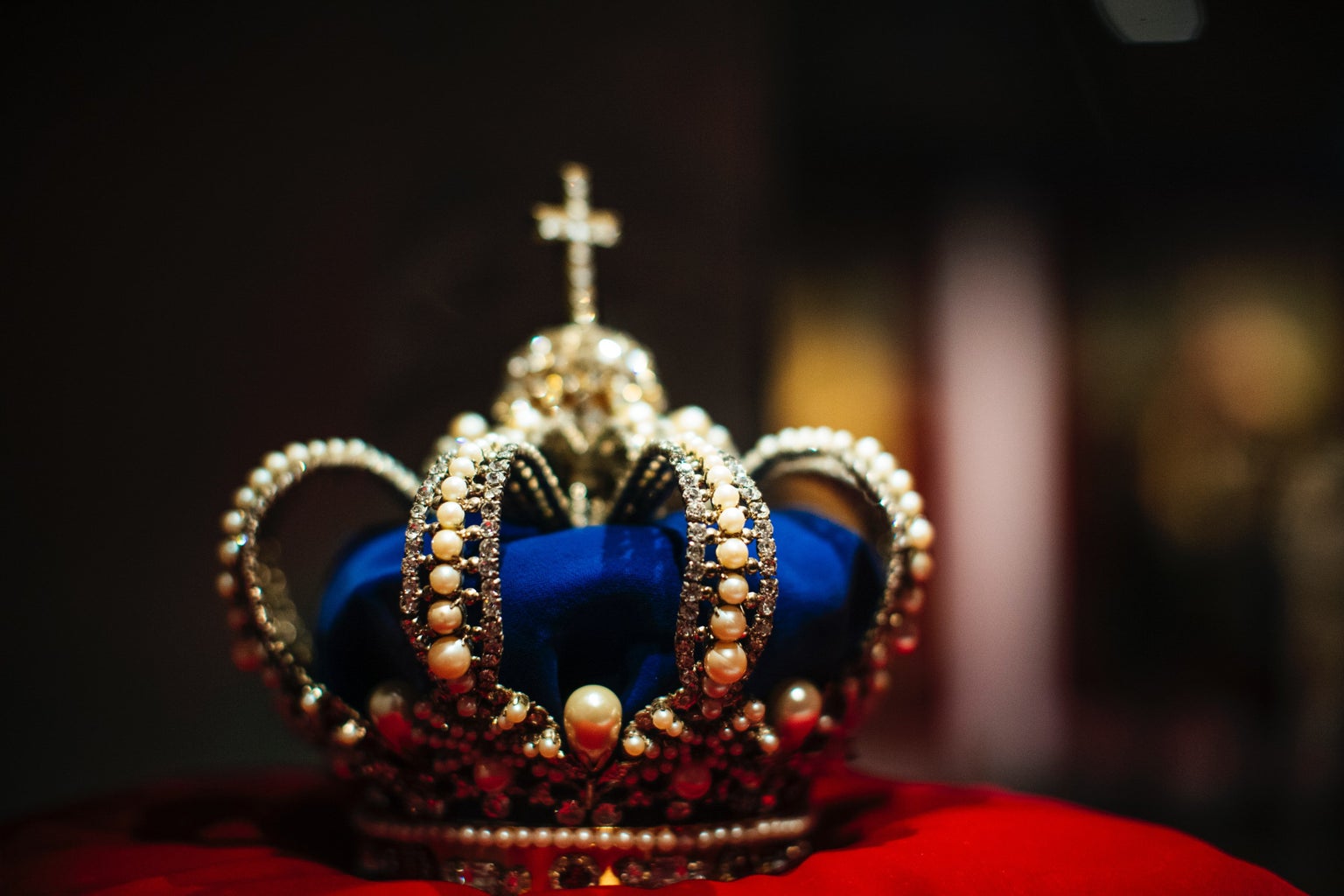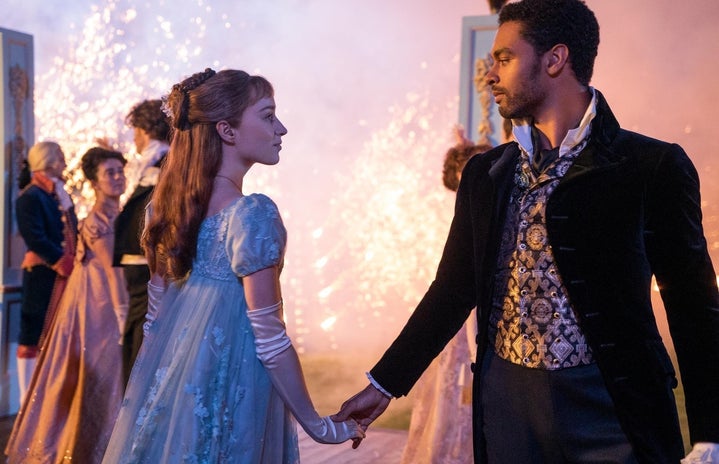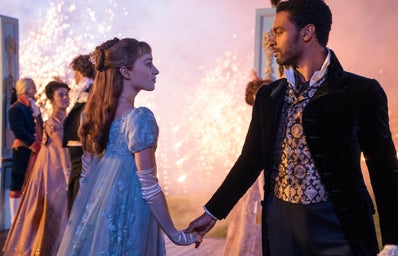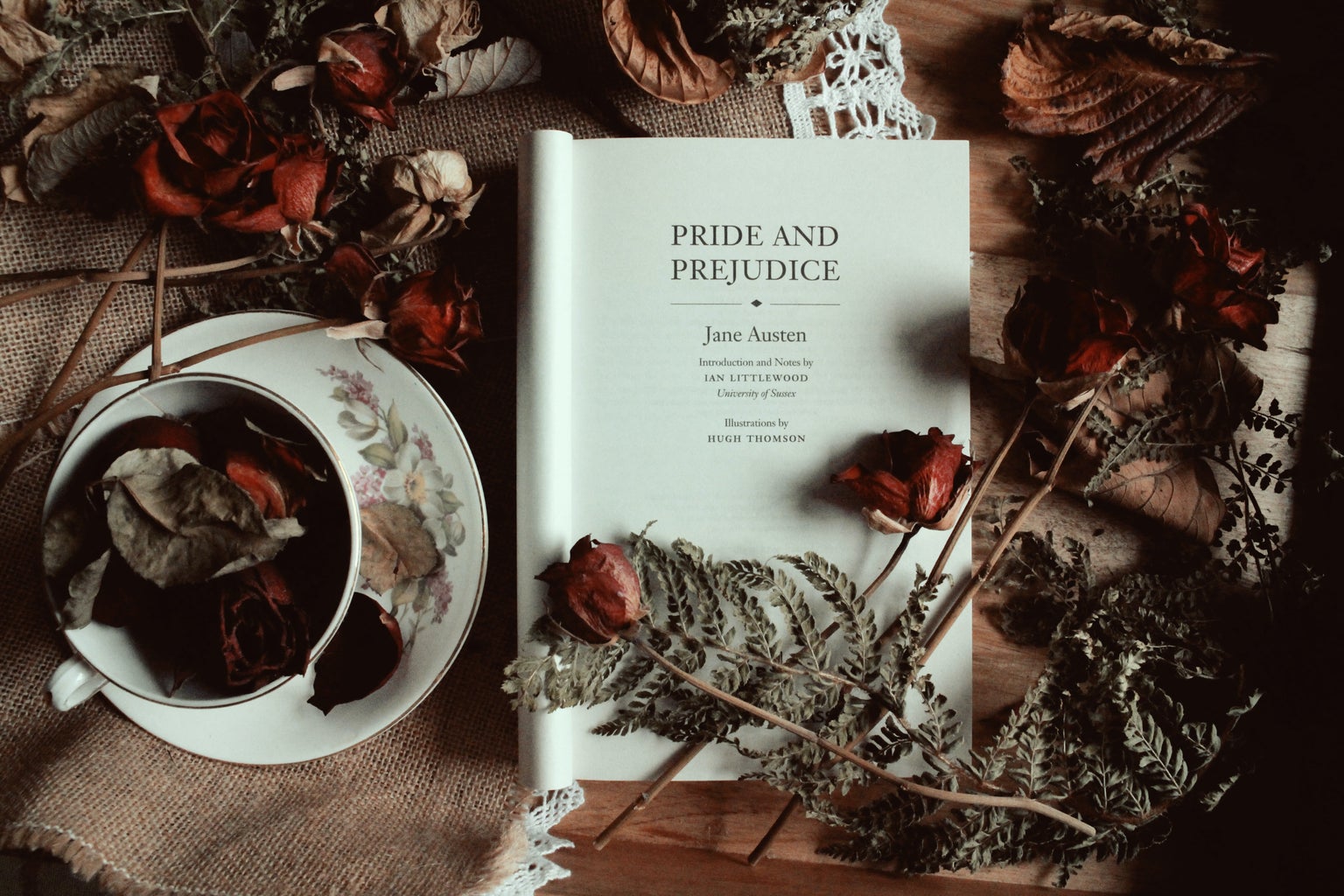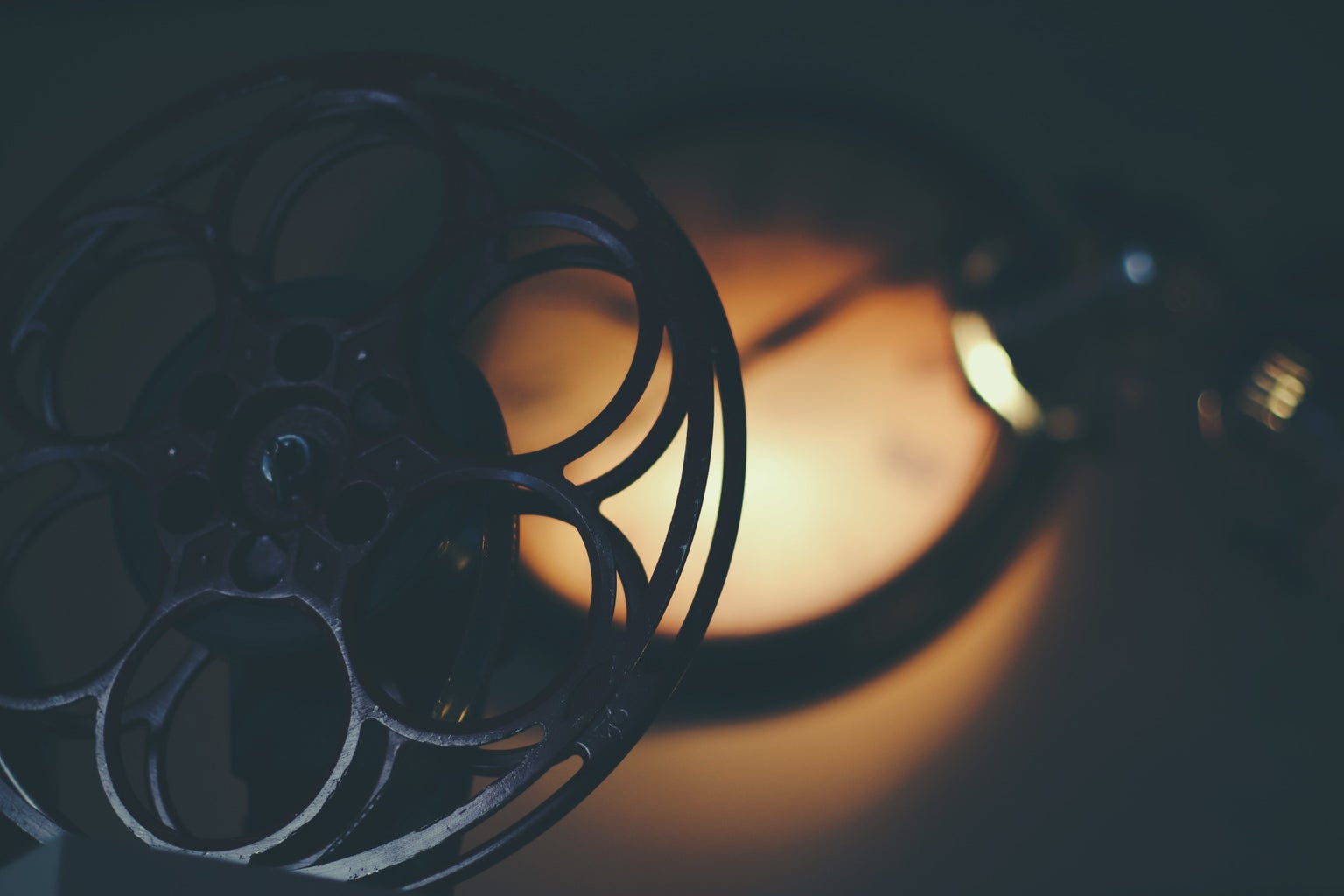My father is the one I credit for fostering my love of period pieces. I couldn’t tell you where he developed that passion, but I share it with him now. He is a tall, science-oriented man who is a true romantic (one would never guess). Much of the literature, film, and music I consume now can be traced back to things my father talked about at the dinner table, made me watch with him, or played in the kitchen on a Sunday morning. My love for Jane Austen originally came from my father.
One of the first period pieces we watched together was Pride and Prejudice (2005), his favorite film. From that point on, I was hooked. Everything from Far From the Madding Crowd (2015) to Titanic (1997) we watched and discussed. Eventually, my father’s job demanded more of his attention and I began my own work: the extensive dive into period pieces as a film genre. Most of the films I’m going to mention have been made within the last thirty years. I believe this is because there’s something unique to the twenty-first century; we are obsessed with a bygone era, a time of balls, courtship, and emotional repression. As audiences, we seem to share a collective nostalgia for a time none of us have experienced, and I hope to unpack some of that through my breakdown of the period piece genre.
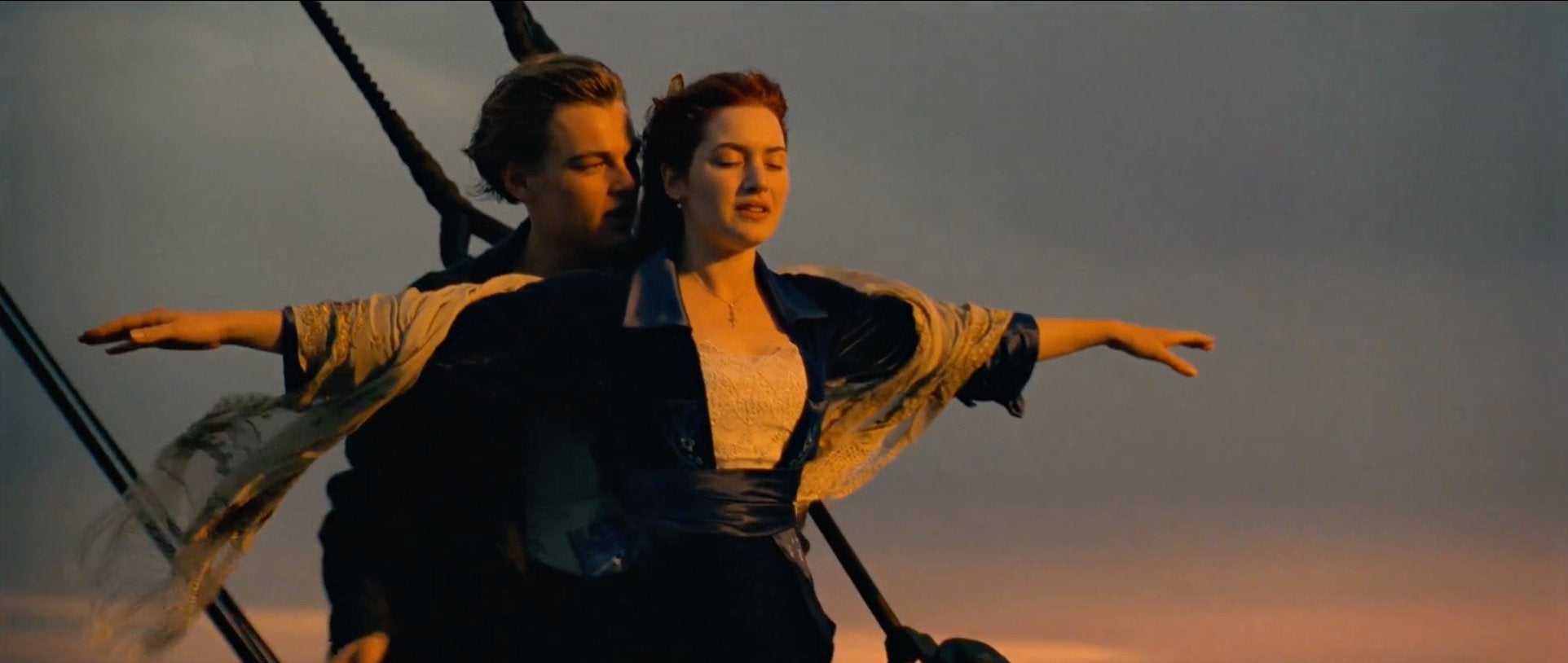
It should first be noted that I have no formal education regarding this genre; everything I’ve learned is through my own consumption. With that in mind, I believe there are a few major players that spearheaded the making of this genre, pioneers dare I say. The first is James Ivory, an American director, producer, and writer, who created some of the most well-known period pieces. At the age of 92, Ivory is still making films, but his greatest works came during the 80s and 90s. In 1985, Ivory directed A Room with a View, a film set in 1908 and based off the novel by E.M. Forster of the same year. The plot is primarily upheld by repressed love and longing glances between the young heroine, Lucy, and the two brothers vying for her attention, the Emersons. Perhaps what I like most about A Room with a View is the moment in time it captures: the early 1900s. Very few period pieces are set at the turn of the century. The middle of the nineteenth and twentieth centuries have always been more appealing. Yet, the early twentieth century marked this crucial in-between moment, as traditions and normalities became modernized and began to resemble what they are now.
James Ivory must have a similar love for the turn of the century because his next major film, Maurice (1987), was set during the same decade. Featuring Hugh Grant and much of the same cast as A Room with a View, Maurice is a love story between Clive and Maurice during their years at Cambridge in 1909. In a similar tale of repressed love in the Edwardian era, this film is more about the characters than the plot. The cinematography is astounding, showcasing both a long-gone London and an untouched English countryside. All in all, Maurice is a tragedy about two young men who can’t find the time or place to properly love each other. Though incredibly beautiful, this film leaves you with a deep sense of melancholy.

Ivory’s filmography is something to aspire to, having not only made these two masterpieces but also other iconic films like Howard’s End (1992) and Remains of the Day (1993). For most of his career, James Ivory made films with his life partner and co-producer, Ismail Merchant. Their works have won endless awards, rightfully so, and, at 89-years-old, Ivory became the oldest person to win an Academy Award. I firmly believe he is responsible for creating credibility in the genre of period pieces, which would soon take Hollywood by storm.
About fifteen years later, a new pioneer of the genre paved his way onto the scene: Joe Wright, a young English director. I must admit I am biased here, as the self-proclaimed number one fan of Wright. He directed some of my favorite films ever. What kick-started his career was Pride & Prejudice in 2005, his first feature film. Once you’ve watched enough of his filmography, it becomes clear that Wright has an obvious cinematic style. He often works with the same cinematographers and actors, and always incorporates elaborate artistic elements. Three of his most famous films, Pride & Prejudice, Atonement (2011), and Anna Karenina (2012), all star Keira Knightley. Directors aside, Keira Knightley is the queen of period pieces. Her talent matched with Wright’s vision is an unstoppable force.
Where I see the departure between Ivory and Wright is in their use of the camera. Ivory’s films are more character driven and slow-paced. Wright’s films are intensely visual and constantly keep you engaged with something to look at. Furthermore, Wright makes films from a range of periods, spanning nineteenth century Russia to twentieth century London. He does not limit himself; Wright is certainly the more modern filmmaker.
I believe Atonement is Wright’s greatest work. It was nominated for six Academy Awards because every aspect of the film is perfectly crafted, from the costumes to the score to the set design. Wright and his crew transport you to 1935 as the second World War is beginning. One of the most breathtaking scenes is the five minute tracking shot following the male lead, James McAvoy, as he traverses the battlefield of Dunkirk. It is probably the best one-take in a film that I have ever seen. Joe Wright can do things with a camera that no one else can.
I’ve spoken at length about two amazing directors who defined and redefined the genre of period pieces, but their films are quite male-dominated. Previously, men have paved the way for historical dramas and, fortunately, that is beginning to change. Often overlooked is Sofia Coppola, who has been writing and directing period pieces as long as Joe Wright. Two of my favorites from her are Marie Antoinette (2006) and The Beguiled (2017). Coppola is unabashed in her filmmaking; she has completely created her own directorial style. Marie Antoinette is a wild film about the infamous eighteenth century French monarchs, featuring insane costumes, colors, and score. Every song played during the film is an 80s rock song. One of the most iconic scenes is a montage of Marie Antoinette eating lavish foods and trying on expensive clothing while “I Want Candy” by Bow Wow Wow is playing. Whose mind could conceive of that?
Following in Sofia Coppola’s footsteps, new female directors have emerged, such as Greta Gerwig and Celine Sciamma. Both in 2019, Gerwig’s Little Women and Sciamma’s Portrait of a Lady on Fire arrived in theaters and were immediately showered with accolades. Finally, films about women are being made by women. There is a new wave of period pieces cropping up, one where old stories are told in a new light and new stories are brought to the forefront. Because, though period pieces and historical dramas are about the past, that does not make them irrelevant to our present.
I owe it to my father for introducing me to my favorite film genre, and one that will never fade. We will never run out of stories to tell. And I owe it to the likes of James Ivory, Joe Wright, and Sofia Coppola for telling them to me.
